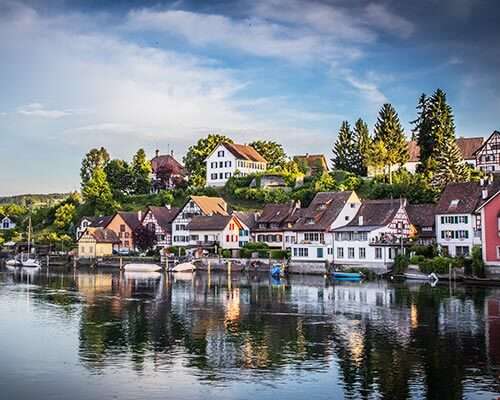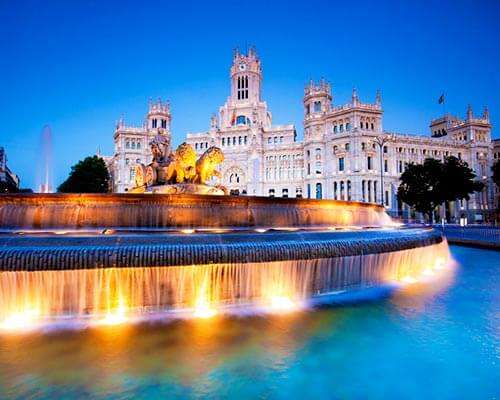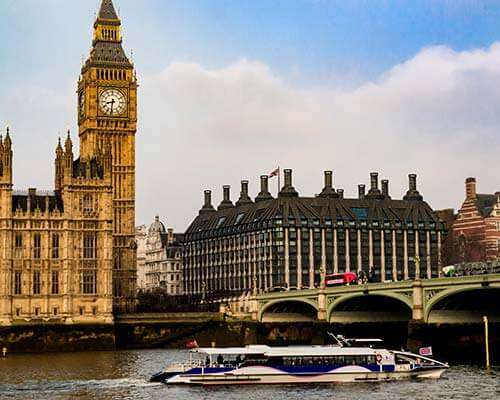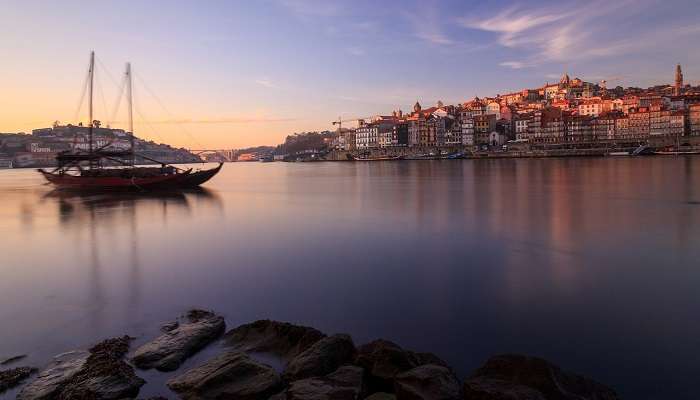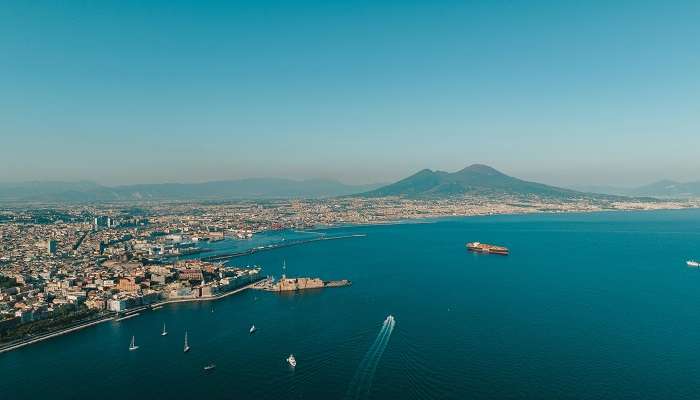Montenegro Wildlife: 11 Species You Should Watch Out For In 2026!
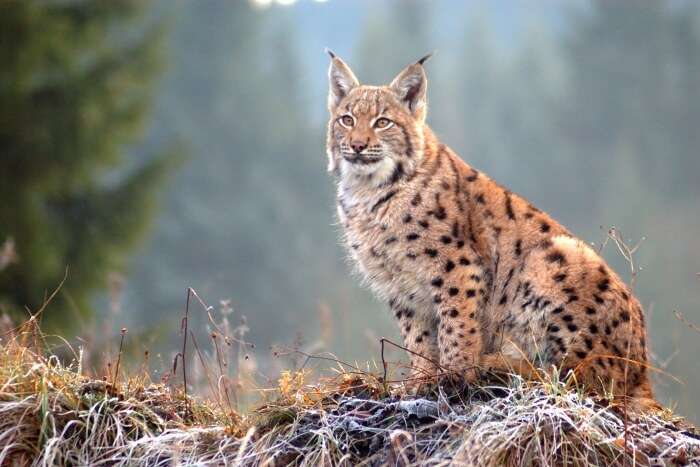
The country of Montenegro has a very varied terrain that ranges from high mountains to wide plains. Along the country’s borders with Kosovo and Albania are the high mountains while the region west of the Balkan Peninsula is the stretch of plains. The mountains are all covered with lush green forests. As this is untouched territory, the Montenegro wildlife has found itself a very favorable condition to grow and prosper. On a safari in these forests and wildlife tours Montenegro, it is not very difficult to come across a friendly group of deer or martens. Here is a list of the interesting Montenegro wildlife you will come across when you visit this place. Have a look!
11 Specimens Of Montenegro Wildlife
A large variety of wildlife of Montenegro can be seen in these temperate forests. A recent survey was done in these forests to get an idea about the species existing in the forest. Here is a list of a few.
1. Deers

There are two species of deer found in Montenegro Wildlife. The red and fallow. Red deer is the largest one to be found here. Deers are common in the Caucasus Mountains of Europe. Other than Montenegro, this species is found in, Asia Minor, Iran, western and central parts of Asia. The males generally weigh up to 300kg. Fallow deer have very beautiful rounded and forked horns. The horns are found on males only. The females do not have any horns. This species of deer is much smaller than the Red Deer.
Must Read: 10 Hostels In Montenegro To Enjoy The Delights Of The Adriatic Sea And The Balkan Highlands
Europe Holiday Packages On TravelTriangle
Explore the most beautiful places to visit in Europe, from Paris to the Venice canals and from the Greek islands to the Swiss alps. Book customized packages by expert agents on TravelTriangle. Inclusive of airport transfers, cab, resort, sightseeing and meals. Best holiday experience Guaranteed. Book Now
2. Roebuck
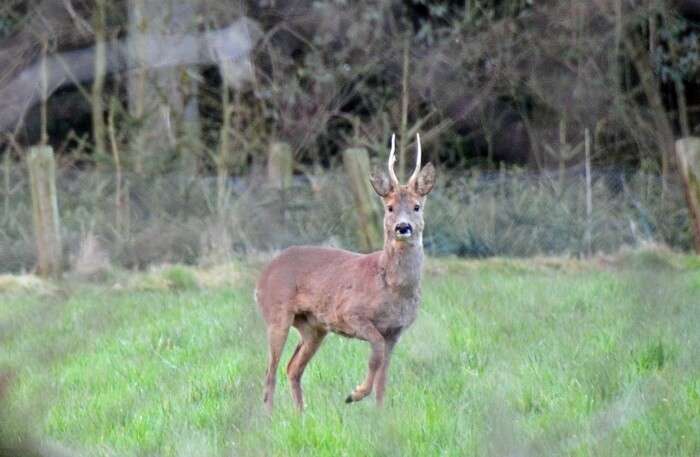
This is yet another type of deer that are found in wildlife in Montenegro. Roebuck is a very common species of deer quite abundantly found in Central Europe and Asia. Theseisecies are smaller in size compared to the previous two species of deer. They, however, have very supple bodies. The deer species generally reach a height of 1.1m. They have short horns and a red body. The movie Bambi has been inspired by this species of deer.
3. Chamois
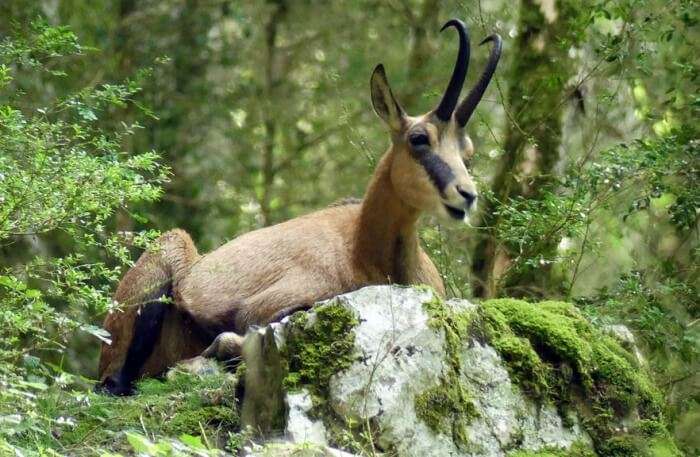
This species of animal can be as tall as 80 cm, among the males and weigh close to 45 kg. This animal of Montenegro Wildlife is quite small in size. The female of this species is even smaller and lighter. Among other Montenegro animals, the wolves are its worst enemies. The Eagles generally pose a threat for the young.
Suggested Read: This Winter, Escape To The Best Honeymoon Destinations In Europe!
4. Mouflon

This species of sheep are found in the high mountain regions. They are very good climbers. They have red or brown fur covering their bodies. The fur also has stripes on them. The special feature is the horns, which form nearly full circles. People who live in the mountains, use this breed of sheep for both livestock and cattle.
5. Balkan lynx
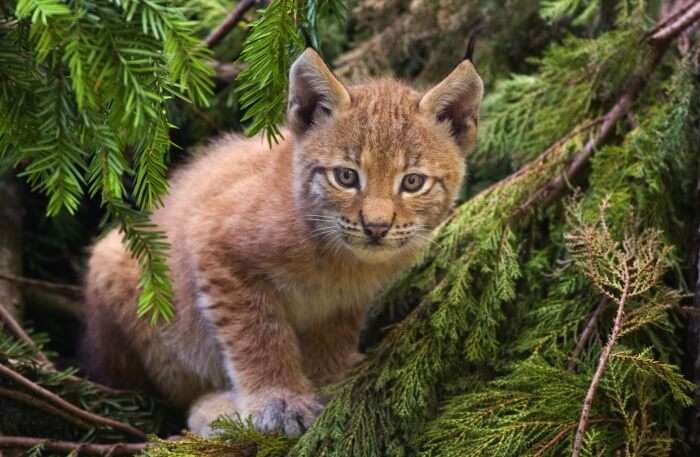
The Balkan lynx is native to this area and is specifically found here. This is however now marked endangered among the Montenegro wildlife and has become a symbol of nature protection in the western part of the Balkans. These animals are most active in the night. Montenegro and the surrounding countries together have around 40 to 50 lynx roaming around their forests. These animals hunt like every other cat – by sneaking in an ambush. Having jumped its prey the lynx catches up to it in a short run and then kills it with its teeth and claws. The lynx can see six times better than humans which make it an excellent hunter.
Suggested Read: 13 Frolicsome Beaches In Europe For All The Excited Beach Bums Across The Globe
6. Brown bear

This is hands down the most dangerous animal in Europe and stands at the top of the food chain. These bears in Bosnia and Montenegro have a very strong body and very sharp claws. They can weigh up to 400 kg. although there are many bears that weigh around 200 kg. They terrorize every species that come on its way. The bears are omnivorous. Plants make a good portion of its diet.
7. Wolf

This animal can easily adapt itself to its surroundings. As a result, it can be found all over the world. These animals always roam about in packs and hunt together. They mainly kill herbivorous animals. They commonly hunt the deer, rodents or wild boars. They also commonly consume small mammals, birds, rabbits, deer, and chamois. Apart from the meat, they may also eat small insects and wild berries. They are extremely smart creatures and can be easily found in large groups that hunt together.
Suggested Read: Guess Which European City Gets The Title Of World’s Most Liveable City This Year!
8. Aesculapian snake

Most people cringe at the thought of reptiles, mostly snakes but they too form an essential part of the forest and here are the few common ones that are found in this relaxing environment of the forest. The Aesculapian snake is a non-venomous snake that is quite large in size. The size of the snake of Montenegro wildlife generally instills the fear. But one does not have to be afraid of it as it is more likely that he would run away from you than you are of him.
9. Vipera ammodytes

This is the most venomous snake of the European forests. It has two tiny horns at the top of its head. The color is a little variable but all the snakes have these black or brown zig zag stripe across the back. It is the identification mark for this snake. If you encounter this snake then you need to be very careful. It can eat anything ranging from small insects to animals like rabbits and chicken. The venom is so powerful that it is considered to be of highest medical importance in all of central Europe.
Suggested Read: 17 Spots For Snorkeling In Europe Every Underwater Enthusiast Must Visit
10. Fire salamander

This is the most popular salamander species all over Europe. Yellow is the most dominant color in these salamanders. Some salamanders are black as well. People from around the globe, come to Montenegro to get a glimpse of this animal, however, this popularity has to lead to the fire salamander remain in protected zones only.
11. Birds

Birds are found in abundance in the European forests. The Montenegro birds are mostly birds of prey. The species of birds range from small falcons to large eagles. It is not uncommon that you will come across a peregrine falcon, a hawk or a golden eagle. These beautiful birds are the major contenders at the top of the food chain. Among the night birds, various species of owls are found here. You will also see scops at night. The larger predatory birds are found in the plains or along the exposed rocks of the mountains. The night birds live in the canopy forests of Montenegro. These Montenegro birds draw a large portion of the crowds to the safari tours through the forests.
Further Read: 31 Festivals In Europe That Will Up The Fun Factor Of Your Euro Tour
As the country does not have a large population so the major portion of the nature in Montenegro is untouched. The beauty of the temperate forests of the country is enhanced by Montenegro wildlife. The presence of these untamed animals enhances the beauty of the forests. It is important to remember that when you take the safari tours, do not bother the peace and tranquility of these animals. It is best to watch from afar. So, when are you planning your trip to Europe to see the wildlife in action?
Disclaimer: TravelTriangle claims no credit for images featured on our blog site unless otherwise noted. All visual content is copyrighted to its respectful owners. We try to link back to original sources whenever possible. If you own the rights to any of the images, and do not wish them to appear on TravelTriangle, please contact us and they will be promptly removed. We believe in providing proper attribution to the original author, artist or photographer.
Please Note: Any information published by TravelTriangle in any form of content is not intended to be a substitute for any kind of medical advice, and one must not take any action before consulting a professional medical expert of their own choice.
Frequently Asked Questions About Montenegro Wildlife
Which are the best months to see Montenegro Wildlife attractions?
Nature, birds, and wildlife enthusiasts must visit here from June to September see Montenegro Wildlife attractions. These are pleasant months and you can see the Montenegro fauna in its natural state.
What to pack for Montenegro wild tour?
You must pack your hiking shoes, jerkins, binocular, camera, video camera, and the map of wildlife attraction places you are going to visit in the Montenegro wildlife tour.
What type of clothing is necessary for a Montenegro wild tour?
June to September is the right time to travel to see the National Parks in Montenegro. These are the dry season. You can wear jeans and cotton fabrics during wildlife tourism once in Montenegro.
Can a solo woman tourist go for wildlife tourism in Montenegro?
Yes, they must come under an organized wildlife tour package in Montenegro. This will include an English-speaking local guide too apart from a hotel stay, food, and local transit.
Is there any bird watching places in Montenegro for bird lovers?
Yes, the bird lovers must visit Lake Skadar National Park Montenegro. You can find many native water birds and migratory birds to Europe on this lake and forest area of this National Park.
How safe is the wilderness of Montenegro?
There are wild bears, wolves, and poisonous snakes in the wilderness of Montenegro. You must be safe or take a local guide while hiking in the National parks present in Montenegro.
Is Montenegro a safe place to take wildlife tourism in Europe?
Yes, Montenegro is a tourist-friendly nation in Southeast Europe. It is safe for tourists of any age and sex to take wildlife tourism in Montenegro.
Is camping allowed in the national Parks present in Montenegro?
Yes, you can camp in selected campsites present in Durmitor National Park and Prokletije National Park in Montenegro.
What is Montenegro known for?
Montenegro is known for its wildlife.
Where is Montenegro?
Montenegro is situated in Southeast Europe.
Do I need a visa for Montenegro?
No, you do not need a visa for Montenegro.
Looking To Book An International Holiday?
Book memorable holidays on TravelTriangle with 650+ verified travel agents for 65+ domestic and international destinations.

Anjana is a writer, journalist, and a full-time wallflower. She holds a Master’s degree in Media and Mass Communication and firmly believes that travel blogging is nothing less than art. Combining her love for writing with her passion for globetrotting, she brings to you some amazing tips on traveling perfectly, be it any season of the year! In her spare time, she loves reading, listening to obscure indie bands, and writing poetry – all of this while being a crazy dog lady.

